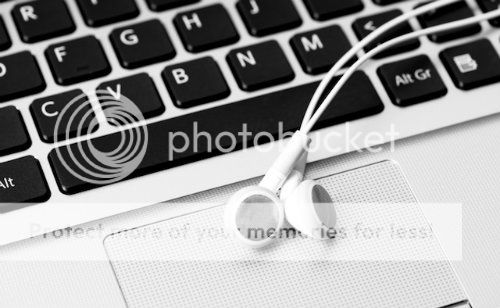Quick, how many MPEG Audio Layer III files are on your computer? If you’re not sure what that is, I’ll give you a hint: the clue is in the headline of this article. You probably have thousands, and likely refer to them by their street name — MP3s. The MP3 is a method of compressing an audio file so it is small enough to be downloaded on from the Internet.
In the early days of the 20th century, telephone companies like AT&T sponsored research into sound quality and human hearing. How much information can be subtracted from a signal before human speech becomes incomprehensible? Knowing this bottom limit allowed phone companies to filter signals and greatly increase phone line capacity.
Decades later, in the early 1980s, pioneers of audio encoding faced the same trade-off: sound quality for file size (in this case, bits per second). Today this process is known as lossy compression. Early encoders like Karlheinz Brandenburg worked and waited for technology to catch up with their theories. Brandenburg, at the time a Ph.D. student at the Friedrich-Alexander University Erlangen-Nuremberg, helped develop numerous modern audio compression techniques. The concept of the MP3 sprung from his research.
In 1988, the International Organization of Standardization (ISO) organized a subcommittee, dubbed the Moving Pictures Experts Group (MPEG) to settle the question of audio encoding and set a standard for the future. Two years earlier, ISO had done the same for images with the Joint Photographic Experts Group (JPEG).
With funding from the Fraunhofer Institute in Germany, Brandenburg and MPEG strived to find a happy medium — a quality sound file that was still small enough to be transported easily. The turning point, Brandenberg said in an interview with NPR, came when the a capella song “Tom’s Diner” by Suzanne Vega [Spotify link] could be coded, compressed and replayed without distorting Vega’s voice. Most human ears can’t recognize the loss of audio accuracy in an MP3, just like they couldn’t hear the difference in phone lines 60 years earlier. Over time, repeating the song 500 to 1,000 times, Brandenburg refined the technique using Vega as the standard.
When MP3 launched in 1995, it was not to thunderous applause. ISO had its standardized digital audio format, but there was still something missing — a reason for people to adapt to the new format just as they had adapted to CDs. That reason would be the Internet.
When MP3 decoding and playback software like Winamp went public in the mid 1990s, Brandenburg’s baby audio format proliferated on the fledgling web. On short, the Internet and MP3s grew up together. Soon the encoding software hit the web too, thanks to some early Internet pirates. Before long, it was possible for anyone to rip CDs onto their computers and share music files with the world.
By 1999, Napster offered an easy worldwide file-sharing service. Its creator’s plans to restrict encoding were dashed, but the MP3 became the undisputed standard for online music, and the most-searched term on the Internet in that year (beating out “pornography”). Portable MP3 players were already growing in popularity — the Korean MPMan, launched in 1998, was the first — and more unauthorized file-sharing networks made it easy to find music to fill them.
Almost two decades later, MP3 continues to be the standard for digital audio. It’s familiar, it’s easy and it’s everywhere.



